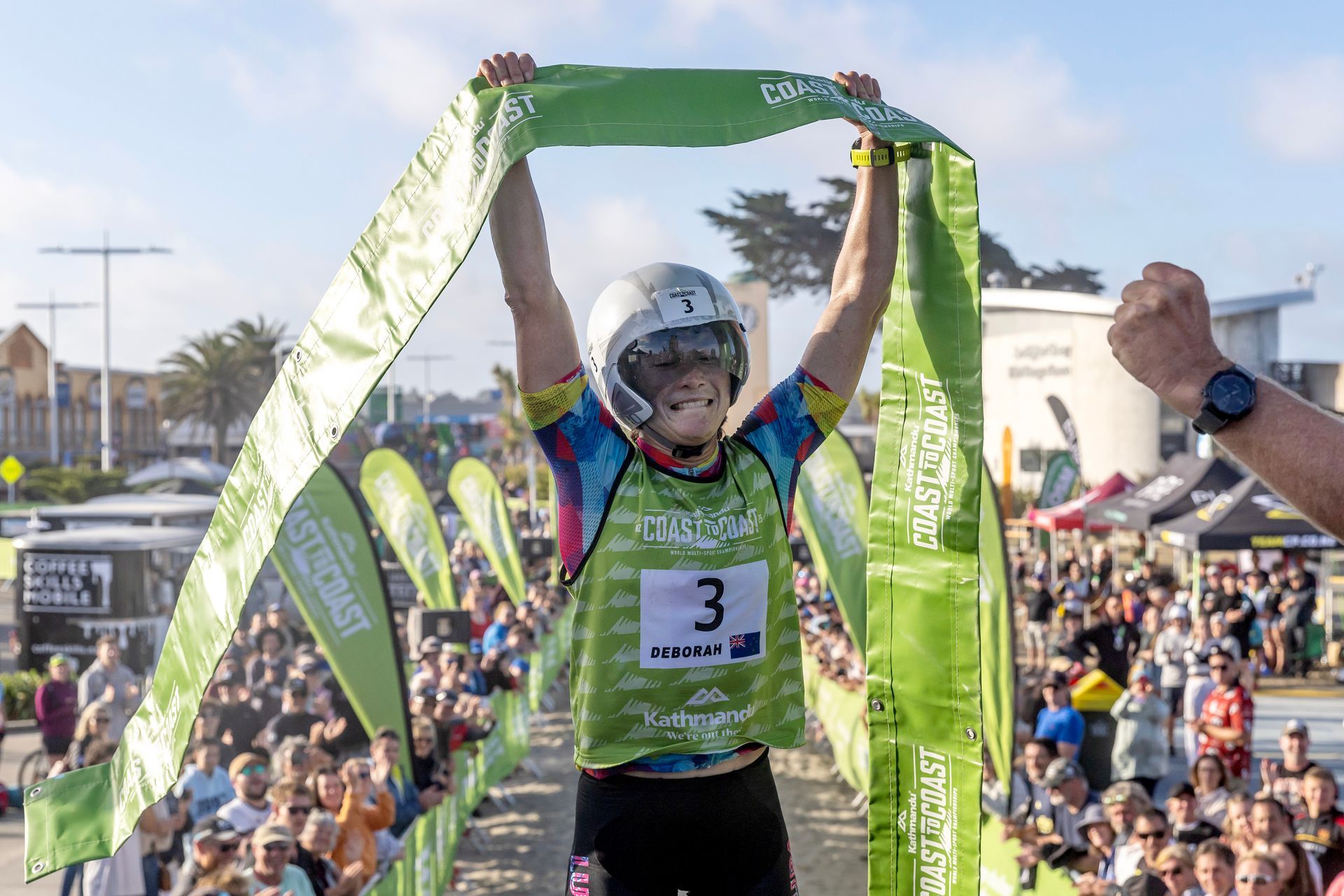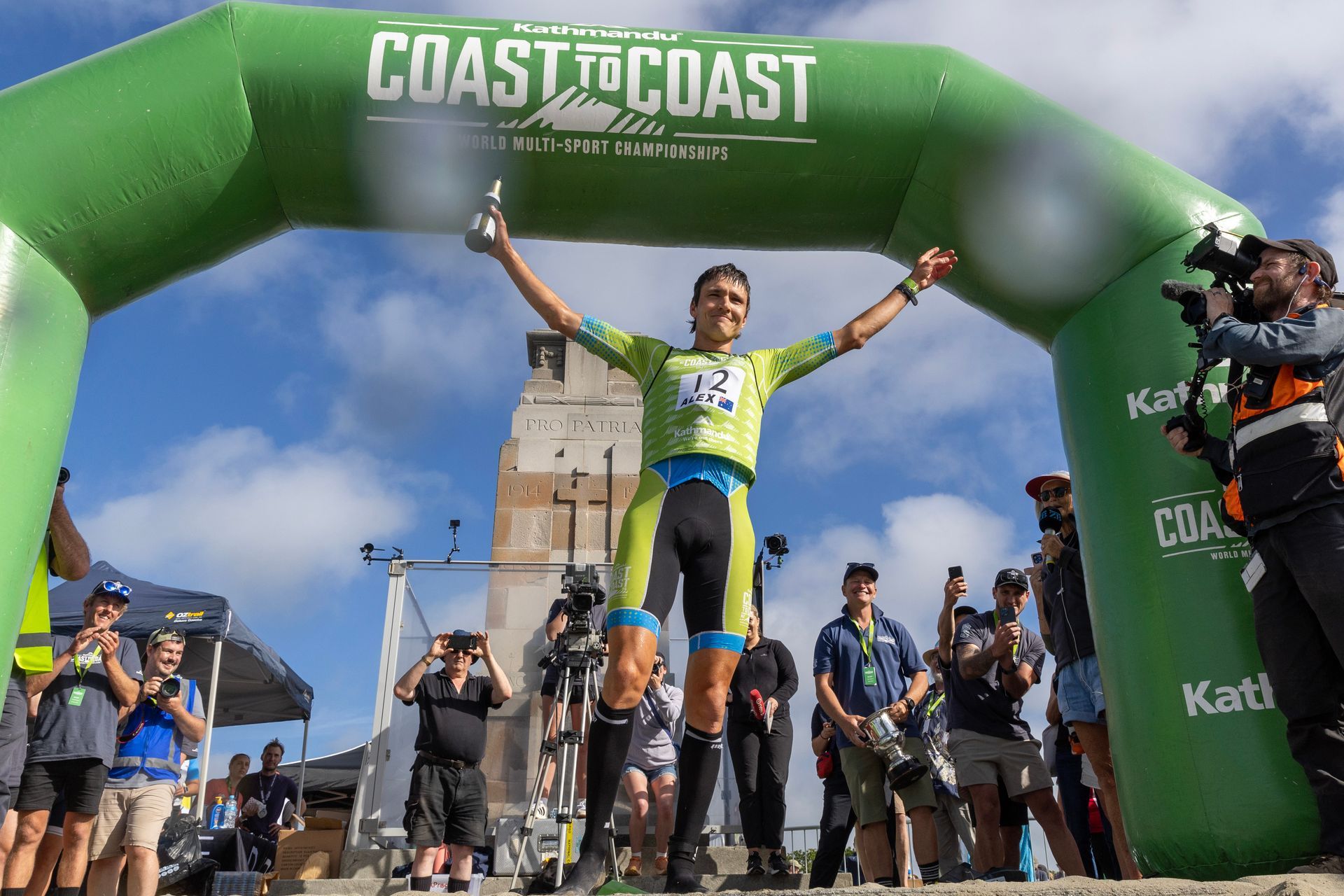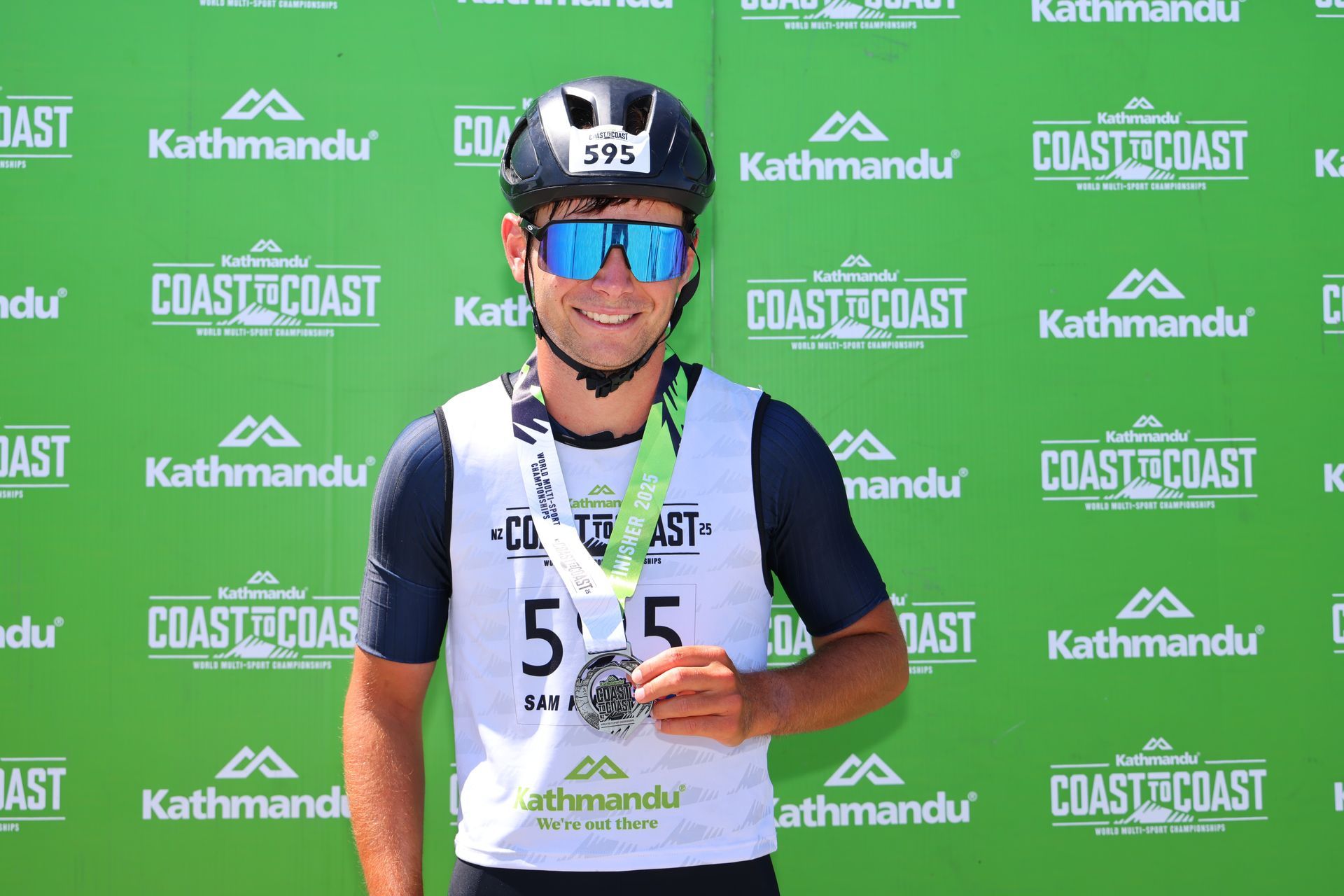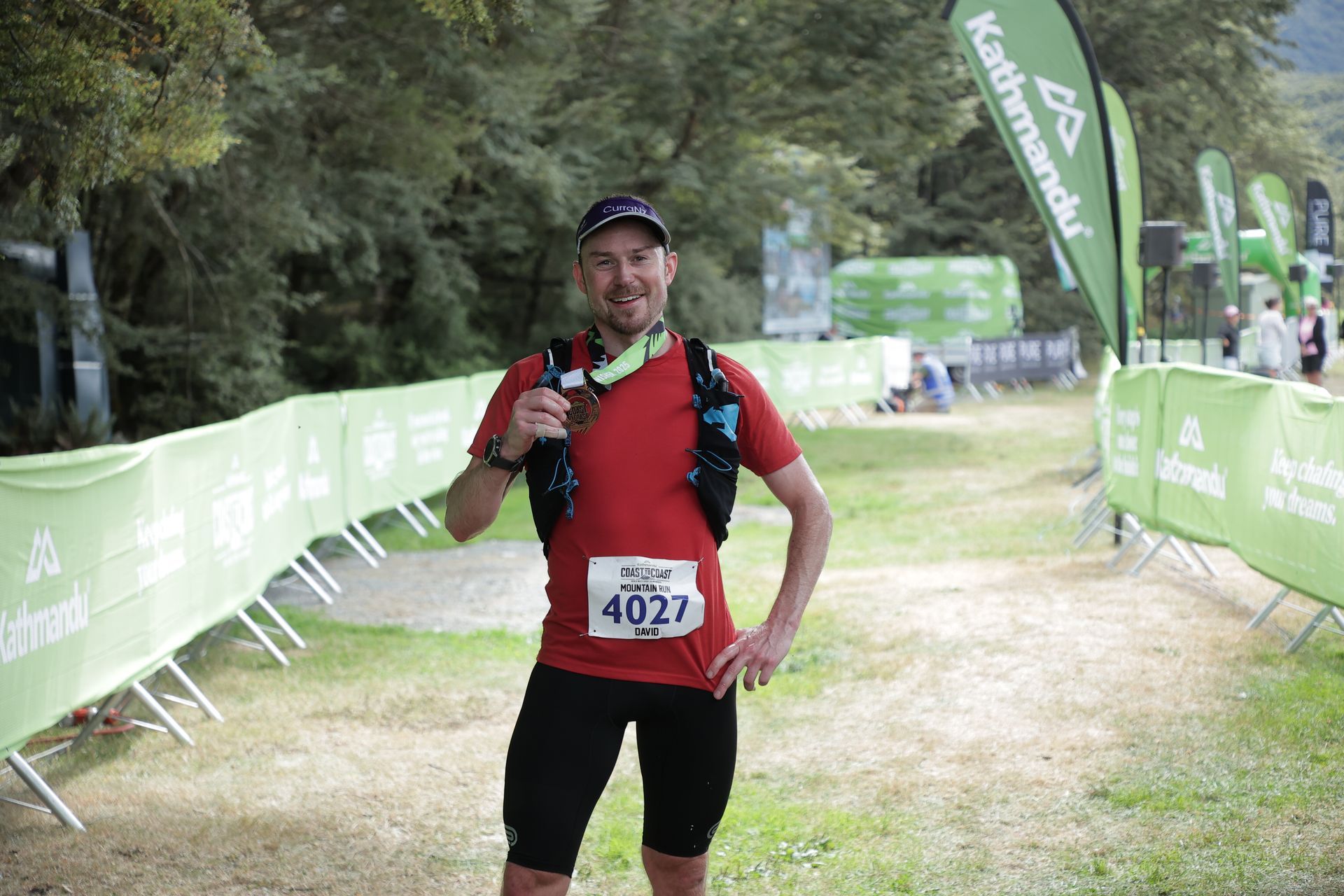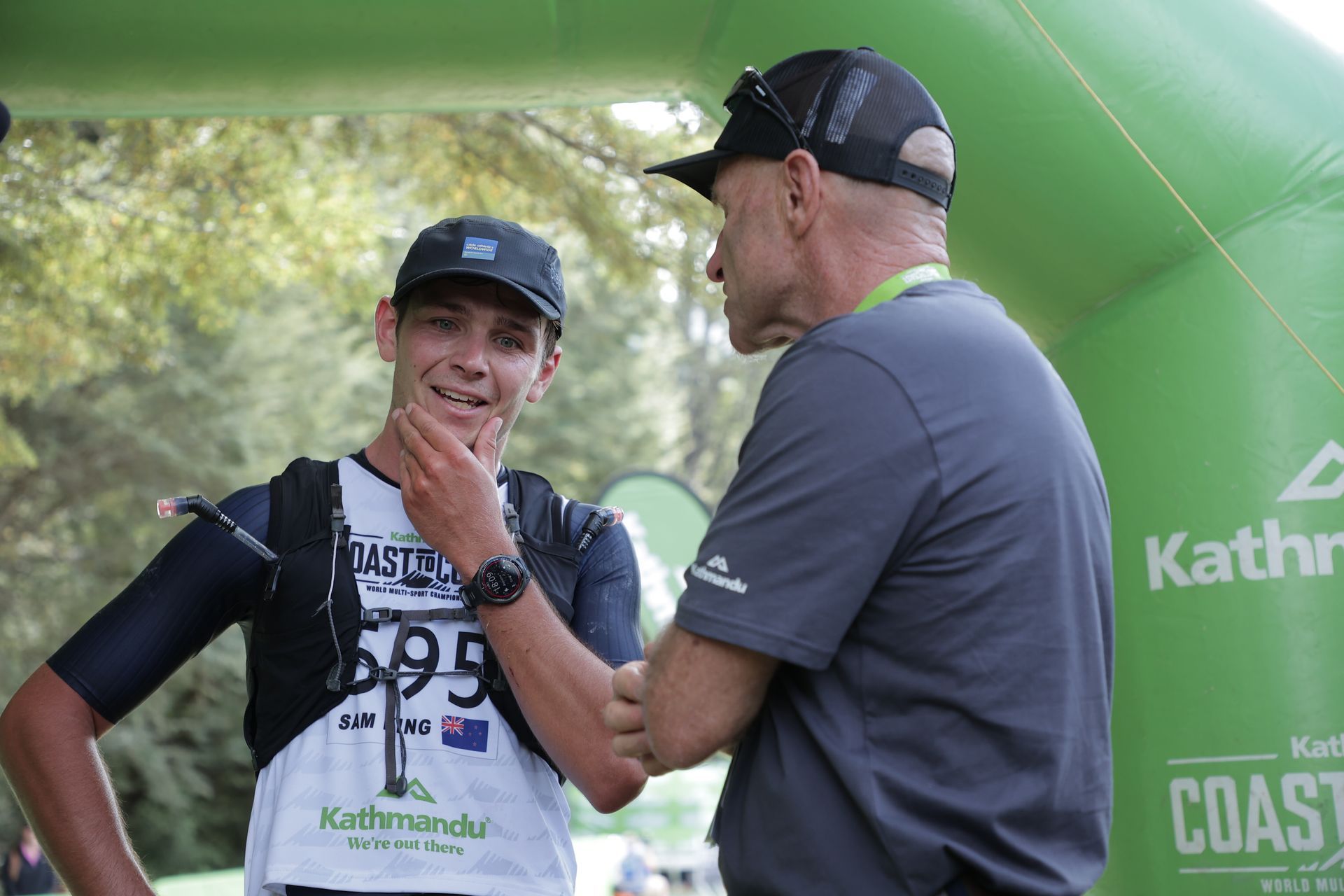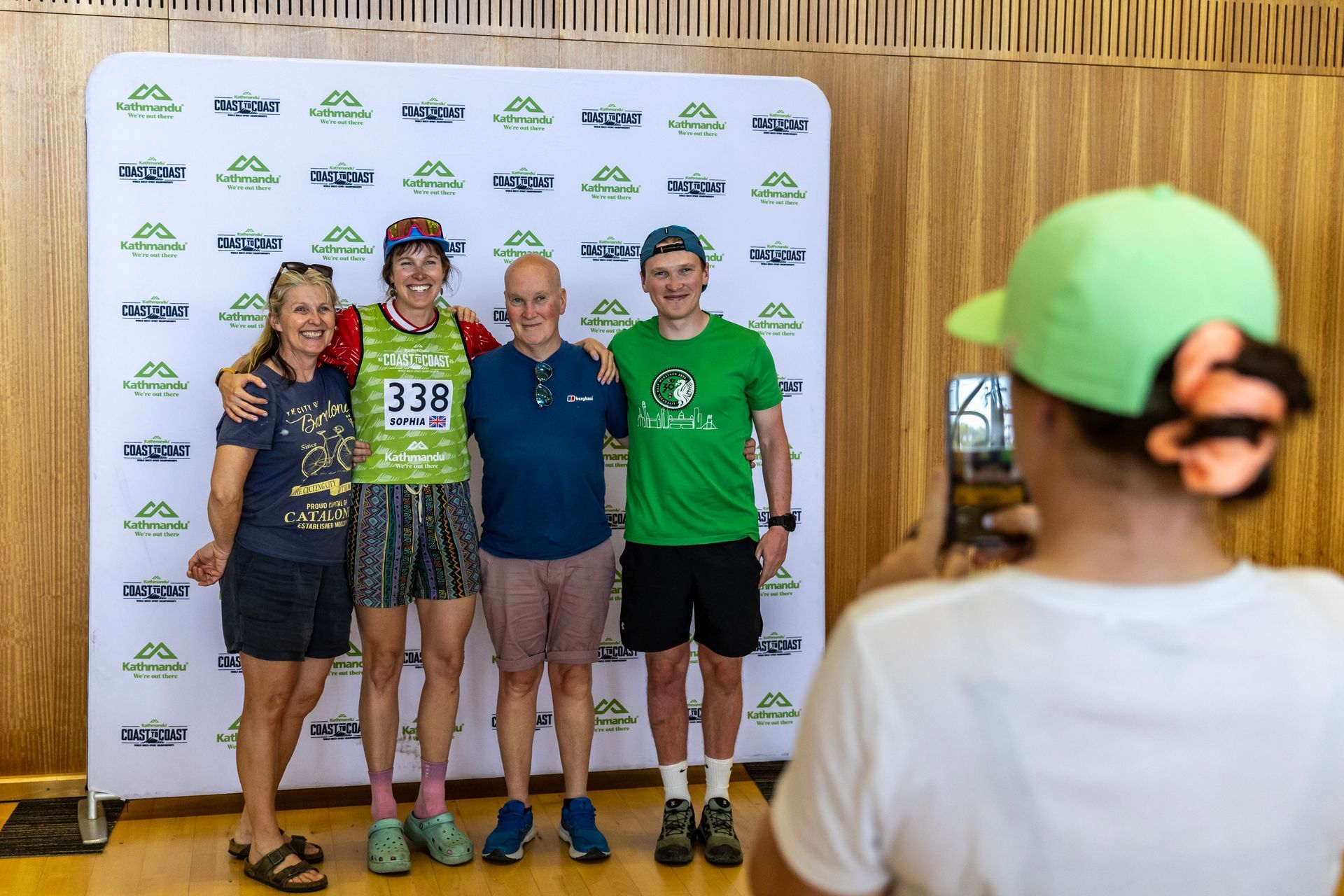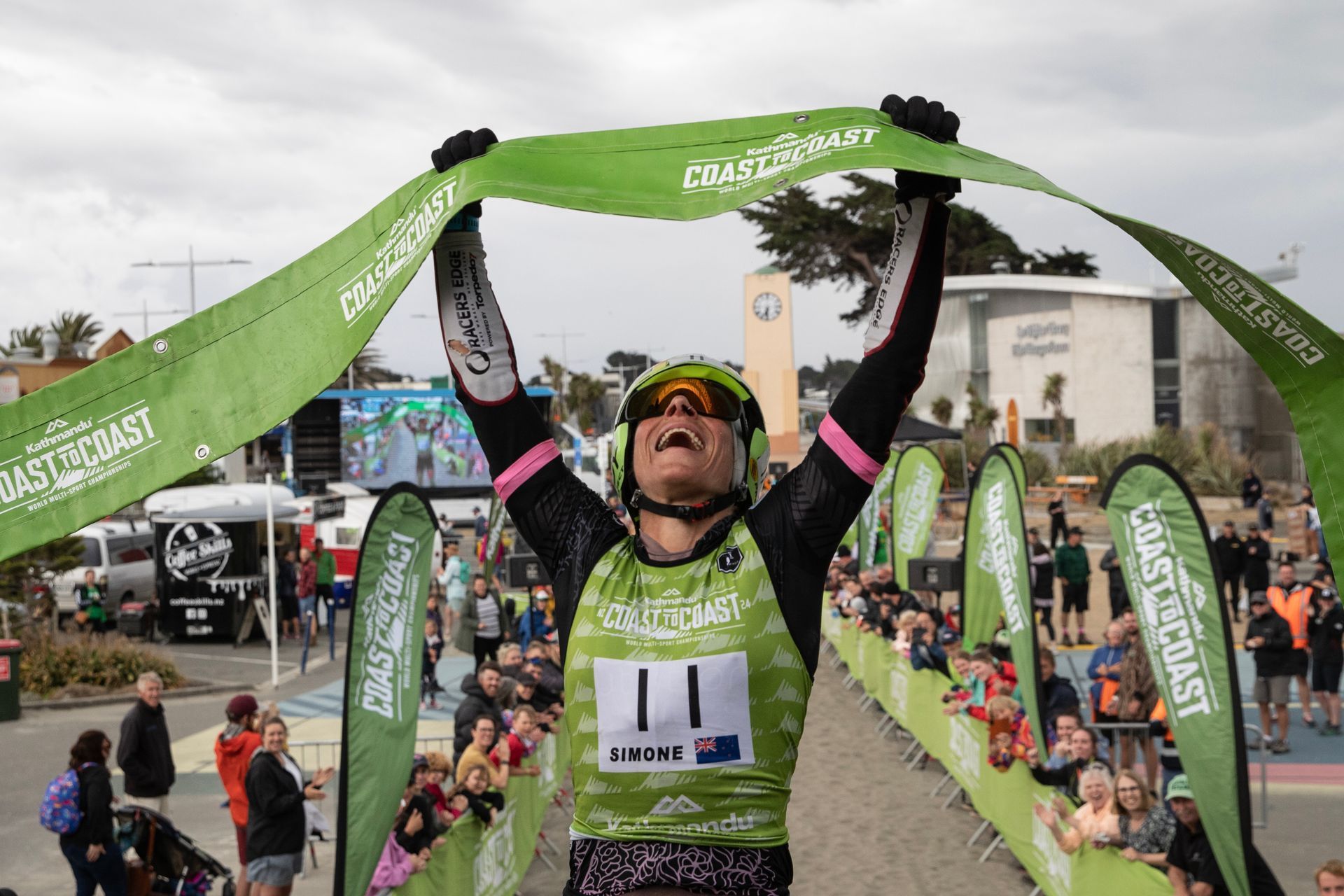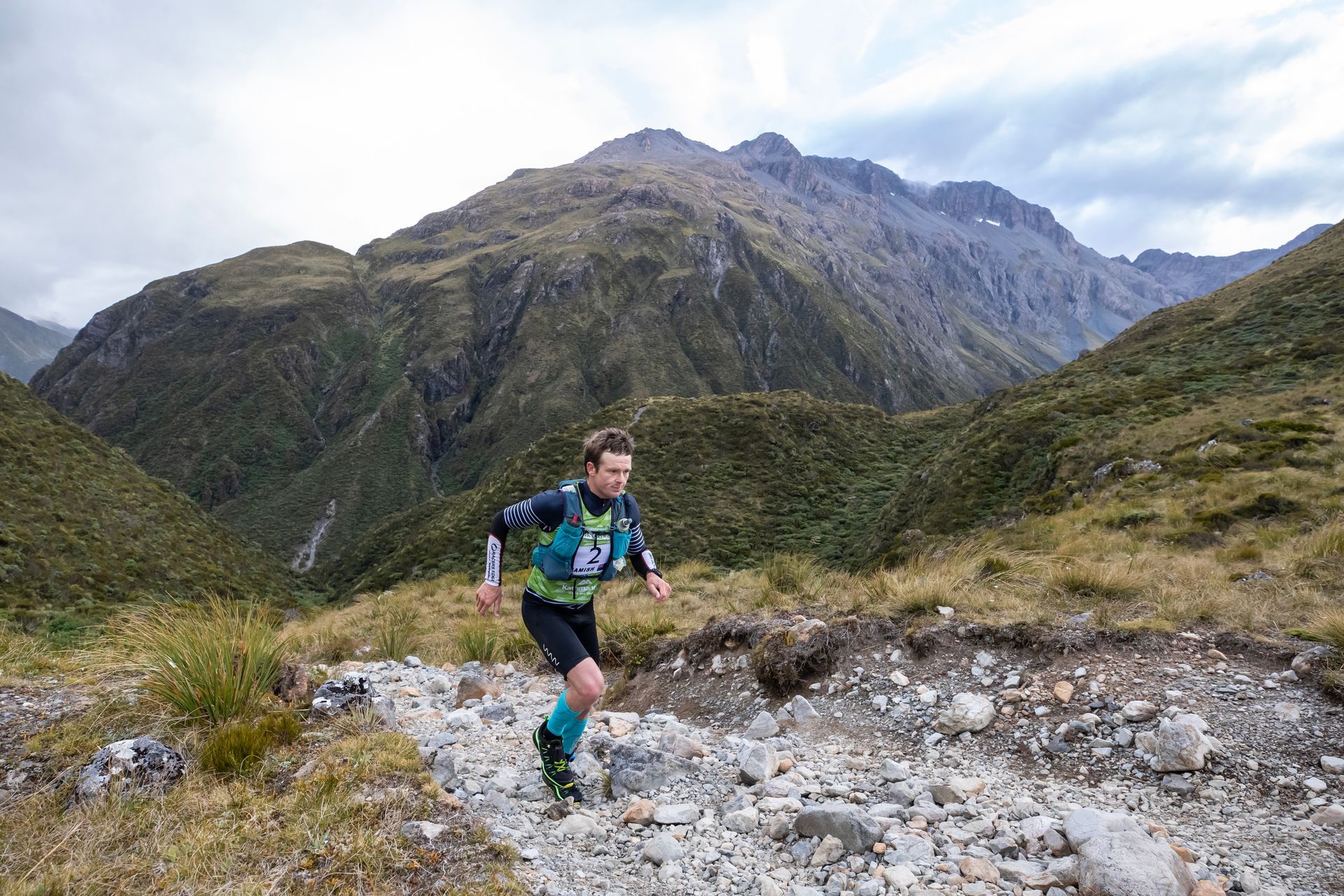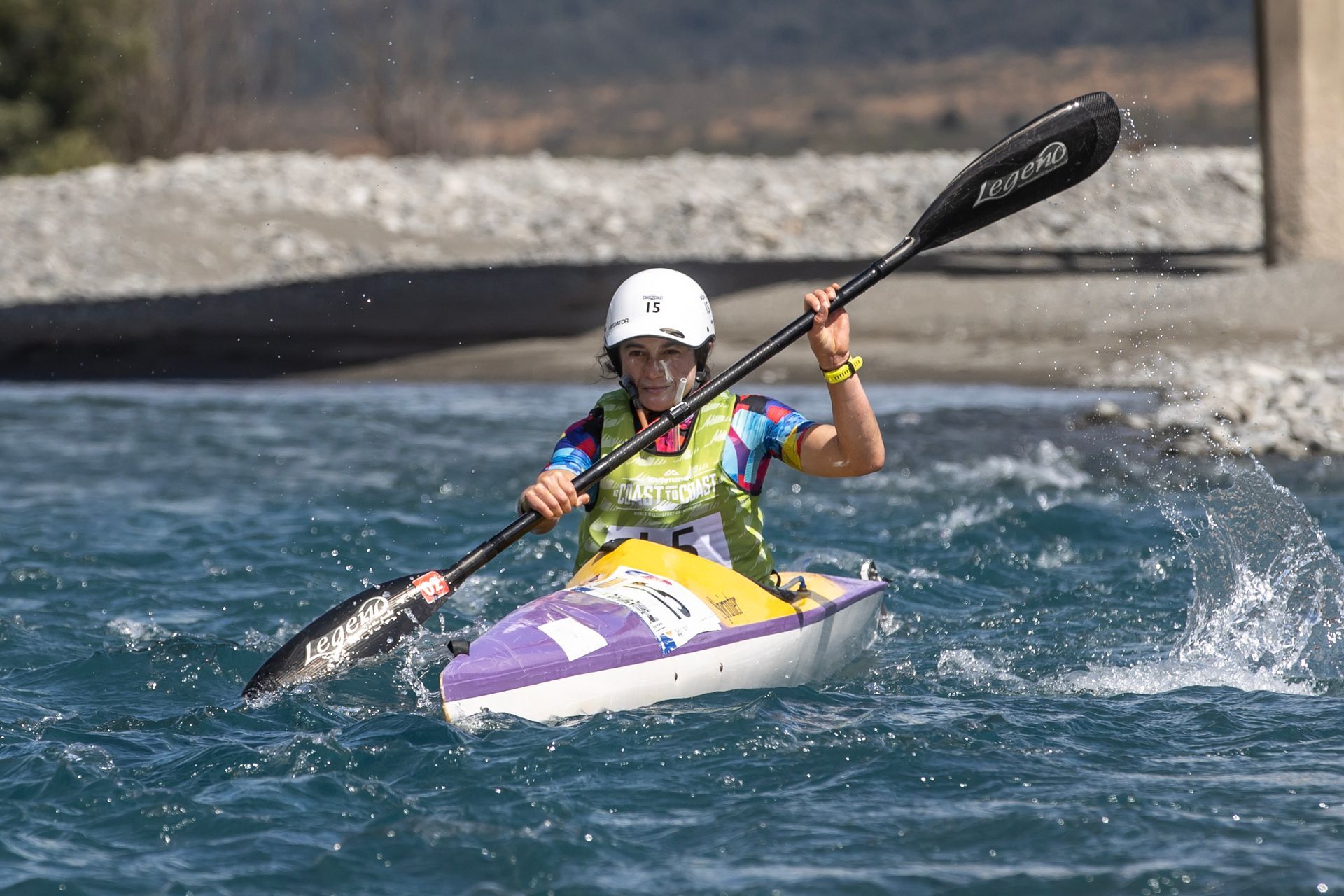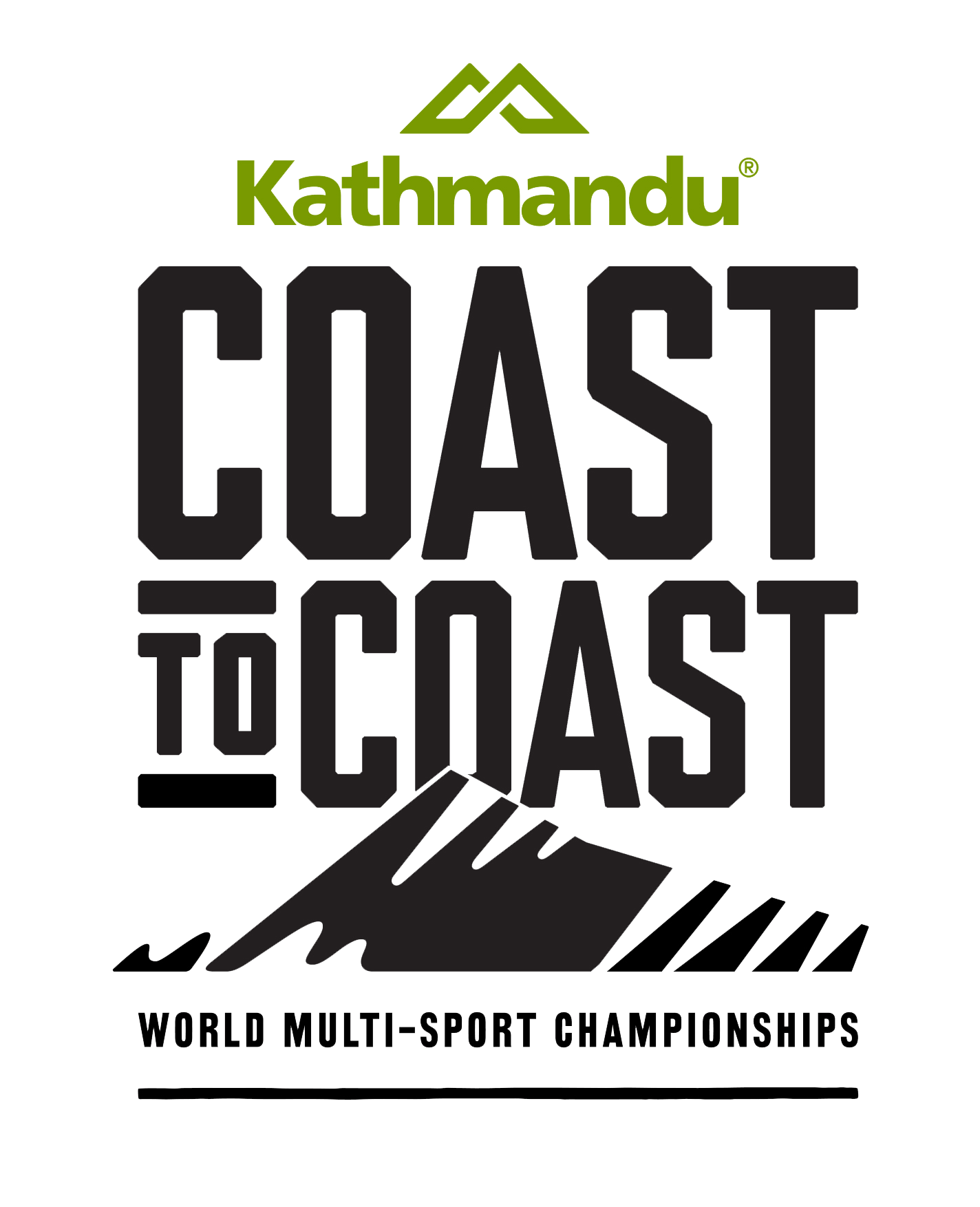Sports Psychology Tips for River Anxiety
Megan Blakely has a PhD in Human Factors Psychology (Performance and Human Error or Cognitive Ergonomics for those unfamiliar). She has been published in scientific journals and teaches/coordinates Psychology and Biology classes at the University of Canterbury. She has done five Coast to Coast events, including the Longest Day.
She has provided the words below to help those anxious about heading down the Waimakariri River (aimed at newbies), providing an insight into the cognitive side of kayaking rather than about your paddle skills.
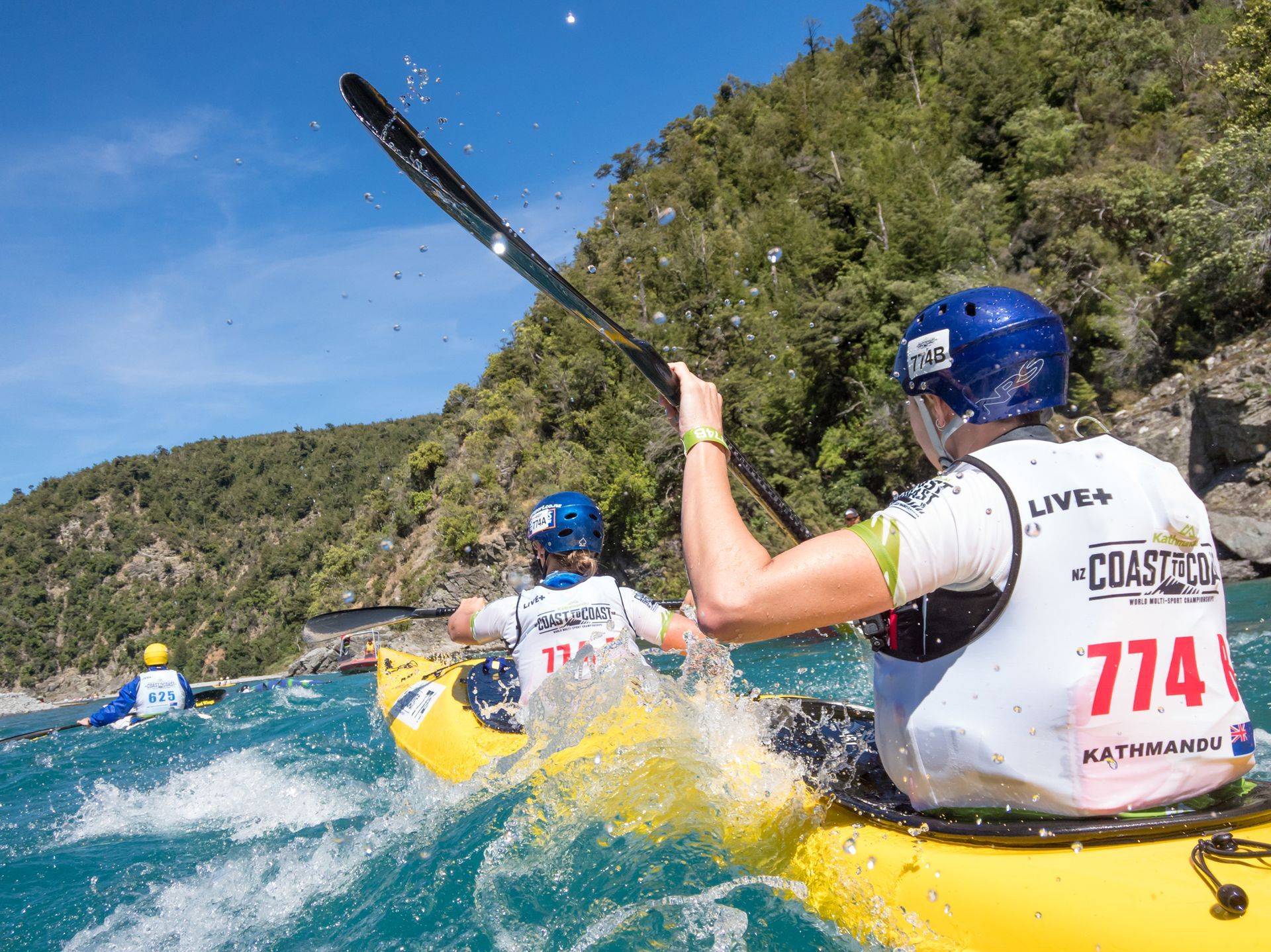
Putting some context to your anxiety is the first step because it helps you understand why that panic can be so strong. It's because you're smart! Yes, the frontal cortex is where you experience emotions like anxiety (and where your intelligent thought lives), and if you have a big brain, you have the potential for big anxiety (not at all insulting people who aren't anxious). We are biologically predisposed to fear certain things. Babies will actively crawl away from spiders and snakes before exposure to them. A heap of research shows we avoid things that could hurt us before we've been taught to - it's biologically predetermined. So when you put yourself in the mighty beast of the river, you are fighting your biology and brain, which are trying to keep you safe.
You may know something about the autonomic nervous system. It's automatic, so you can't control it without some very purposeful thought (we'll get to that). It's the system that controls your fight, flight or freeze response which is at play on the river. The way you react depends on environmental factors, but I'm sure we've all seen someone freeze on a rapid (including ourselves) and stop paddling. The most helpful thing to do in this situation is to kindly tell the person to keep paddling because if you scream at them, yell at them to get out of the way or even push their boat out of the way (sadly, I've heard of all these happen), you will make it worse for everyone on the river. The freeze response occurs because - and we imagine a dinosaur scenario here for a minute - the threat is impossible to run from and too hard to fight, so we stay still in the hope we aren't seen. Obviously, this is not a good response on the river.
The frontal cortex is also where our volitional control (willing ourselves to go forward) is resourced. We also process risk perception here. Interestingly, I did some research that showed when you've run a marathon, your perception of risk on mountain bike cycleways increases. Also, running uses a great deal of cognitive resource in both volitional control and the computationally demanding nature of movement of the body. You can replenish this resource by resting, but we're not in a position to do that here. Because you've just finished a run, you will be cognitively fatigued.
Along with your volitional control and risk perception, executive function is also resourced in the frontal cortex. Executive function is your ability to quickly and accurately process information, like where to be on a rapid. During the event, we are likely exhausting our volitional control, making quick decisions, and moving our bodies which are demanding. If you add anxiety to that, the system is overloaded. Our brains can't multi-task, and anxiety takes up so much 'space' you can't pick the best lines or go fast, no matter how much you've practised.
The good news is you can do lots about this. Like any human research, some will work for you, and others won't. Performance under pressure by Ceri Evans labels your fight, flight, and freeze system the red brain, which is not a good place to be while on the river. He also talks about the blue brain, relaxed chill and how we know the best athletes are right before and during a big race. Give the book a read if you're interested, it has some general ideas to calm your automatic nervous system.
Some useful paddling-specific things are -
Firstly, we need more time to learn complex kayak skills than we're allowed in kayaking. You see (or have explained), watch, copy, and then off. If you make a mistake (swim), ideally, you should go back and rerun it, but that rarely happens. We don't have a lot of opportunities to learn it properly, so we just stew on the unknown. The first step is learning from a good source. Visualisation is just as effective a learning tool as doing, when done in conjunction with physical practice. Many golfers visualise their perfect swing millions of times without lifting a club. This is tapping into our intrinsic learning, which is so automatic that you don't have to think about it. Driving is very intuitive to us; that's because we've done a lot of it, but think back to when we had to break it down into steps and how hard it was. However, sometimes you don't get to do as much of something as you'd like to protect from injury or access issues. This is where videos are beneficial, you're seeing an expert going through a tricky part that you can learn from. The crucial element of visualisation is to use all your senses and muscles and how it FEELS, lifting your edge, paddling like mad with your arms etc. Elite performers all use this skill, but it takes practice, so start now. The beauty is you'll have some intrinsic knowledge when you hit the feature, and it will be a more relaxed experience.
Positive psychology recommends we focus on our positive traits. Much research shows if you try to improve your weaknesses, you'll not get far and waste a lot of energy, but if you focus on what you're already good at and grow that, it will overshadow the bad. What are you good at in the boat? Balance? Eating when others struggle? Fast cadence? Whatever it is, really ace that!
People grow in safe places. If you have to take a chicken line or portage, do it. Don't let people shame you (shame on them), and do whatever makes you comfortable. The reason for this is that the only way to get confident is to feel safe, and if you are constantly out of your comfort zone, you will get exhausted and overwhelmed and risk the 'red brain' taking over, making it worse.
Stay away from people's horror stories. These people don't even realise how negative they are and often do it to make themselves feel better/more important.
Surround yourself with people who have faith in you. As humans, we are acutely aware of those around us and their opinion of us. If there's no room for a growth mindset and encouragement, ditch them. If it's a coach, find a new one!
Where you put your attention matters. We are very good at tuning things out, so if you focus on the perfect line, I mean dead focus, you won't even see those big waves, and you'll get to the end and wonder where they were.
Teach yourself to find a calm spot if you feel your anxiety climbing, known as grounding. There are beautiful beaches in the gorge, waterfalls, and even just a boring beach that, if you were sitting there, you'd be safe. Tell yourself you can eddy out and sit there if you need to. Take yourself to that feeling, and you will shift from the fight, flight or freeze system into the calming system.
Cognitive appraisal is how we label an emotion. Extreme excitement and worry bear the same physiological response, rapid heart, pupil changes etc. Think of the difference between a car you're driving rolling and a roller coaster, same physical feeling, different cognitive appraisal. The goal is to label the anxiety as excitement, smile (which also tells your nervous system everything is ok) and treat it like a great adventure. Fake it 'til you make it is the theme here.
If you go in calm, things will slow down, and you'll be able to concentrate, make better choices, and brace or change strokes as needed.
Lastly, avoidance of anxiety makes it worse. Feelings are ok, and trying to avoid them will only make them bigger. Keep challenging yourself to feel safe, and your paddling will keep improving.
Still have a question? You can reach Megan on Megan.Jayne.blakely@gmail.com

